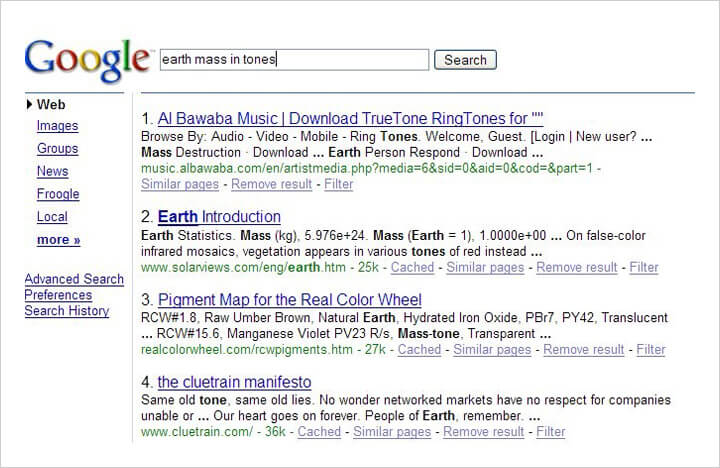When the concept of SEO was introduced into the digital world, it was all about stuffing keywords, spamming links and modifying the back-end code unless Google gave you the perfect ranking. However with the passage of time, these shady practices got wiped out by the Google.
SEO has really changed in the last decade, here is how:
Content Became the King
Content marketing rose and every digital marketer made use of it as a part of his SEO strategy. Google has changed the way content used to be, however significant changes came in 2011 with the introduction of Panda update that completely eliminated keyword stuffing and spammy content.
The update made it nearly impossible to follow those old-school content practices wherein the focus was on the content quantity, rather than quality. Individuals working as per the update got a win-win and this scenario is the same today as well, where content is literally the “king”.

Link schemes came to an end
Google has its own way of defining a link scheme, with instances involved. Though the guidelines may be difficult to understand for some, it can be explained in a basic form like: Any endeavor made towards influencing your Google ranking through links can be regarded as a scheme.
By the last segment of 2000’s, Google has put-in a lot of hard work and efforts to wipe away spam-based link building and black-hat practices by inflicting penalties. However, the phase of link building changed with the Penguin update in the year 2012. The only way by which now you can rank higher is attracting natural links and building valuable links by the form of blog posts.
Mobile Optimization
Since the launch of iPhone, mobile phones have gained a huge popularity and Google has made the best of its efforts to focus on the necessity of mobile optimized sites. This can be hold certain by the fact that in the year 2015- queries concerning the mobile phones knocked down the desktop ones in the Google search.
Mobile optimization has rather become a necessity these days because of the rising and continuing insistence of the Google.

Emergence of the Knowledge Graph
With the rising new trends in SEO, the knowledge graph also came to a rise and first came to light in 2012. With the help of the knowledge graph, users can get straight answers to their questions. This is a good thing for the users as they get their queries resolved, yet it takes a priority over the organic results.
Due to this, the optimizers had to opt for new tactics in which they could either avoid the general keyword targets or use micro formatting by Schema.org for delivering their content to the system.
SERP Overhauls
It is impossible to tell about the change in the result pages of the search engine. While some modifications are too petty, one cannot figure out that whether they should be counted or not. However, take a look at a SERP screenshot from the year 2006 and compare it with the SERPs of today and you will see what type of overhaul Google has carried out.

Keywords Slowly got a Negative Shift
Keyword stuffing was eradicated by the Panda and Penguin, however a petty 2013 update announced the soft death of the optimization of keywords. The introduction of semantic search came into light with the update named “Hummingbird”.
Nowadays, Google focuses more on the apprehension of meanings rather than just matching the keywords. Henceforth, the phase of keyword optimization changed completely. We cannot say that keyword research has lost its significance, it is still important. An apt keyword research helps you with productive ranking opportunities, no matter the trends have changed.
Since the SEO trends have changed a lot in the past decade, it is quite expected that the future of SEO is definitely going to be uncertain and evolve in a fruitful direction for the online marketers as well as the users.


Great article David, thank you so much for this information!